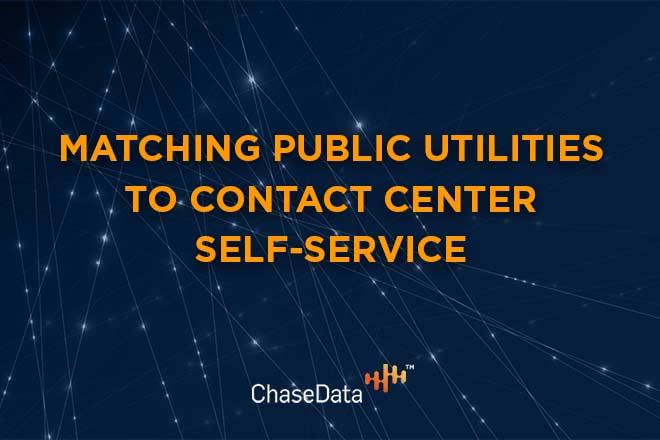February, 18 2020 3:29 pm

Today’s consumers are increasingly fond of self-service.
Part of this comes from the convenience of self-service options; whether it’s paying a bill from the comfort of your own home or canceling a subscription without having to spend half an hour on the phone with someone, it’s an approach to customer service that fits the busy modern person’s schedule.
However, a larger part of this desire for self-service options comes from the newer generations’ lack of desire to talk to actually talk to other people on the phone. While often mocked by older people, this is just a natural part of the evolution of communication - and something that should be catered to by businesses that hope to remain competitive. Offering more contact center self-service options is one way to keep these businesses relevant in a time when they have fallen out of public favor.
Perhaps one of the best uses of the self-service business model is in the public utilities industry. There are several factors that make this industry such a great fit for allowing consumers to serve themselves, several of which include:
With so many obvious benefits of utilizing self-service for the field of public utilities, why aren’t more utility companies doing it? The simple answer is because many of these providers don’t have the means to offer self-service options to their consumers on their own. Many don’t even have dedicated customer service departments, especially in smaller cities and towns or more rural areas that cover larger expanses of land under a single, small provider.
That doesn’t mean that companies in this industry can’t make use of self-service. It just means that they may need to take cues from contact centers in their approach - or perhaps partner with a contact center, themselves.
If your utility provider is large enough, they may be best served by working with an independent call center. Utilizing contact center self-service allows them to delegate easier tasks to agents who are less experienced in the industry - and to computer programs that mean consumers never have to busy a phone line if they don’t want to.
This means that complicated or industry-specific questions and concerns can be addressed by professionals from within the company itself since there will be more employees available to field these calls. Just separate them by topic with an IVR system and they will be funneled directly to the right personnel for the job.
For smaller companies, partnering with a contact center may be out of the question. That doesn’t mean that they can’t provide contact center self-service style options for their consumers. Many providers of contact center software make it available to other, smaller operations as well. This means that the same software that powers the self-service options at major call centers across America and beyond can be put to work by your local utility provider.
ChaseData offers numerous software solutions to help independent contact centers assist their public utility clients with getting the self-service they need for consumers. We also have everything your utility company needs, should you decide to create your own customer service department in the style of contact center self-service. Ready to learn more? Give us a call today and find out how we can help you!